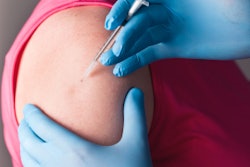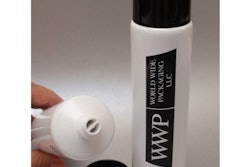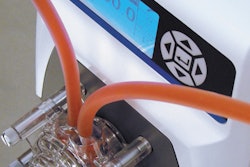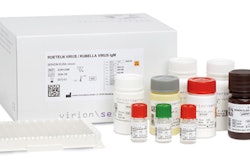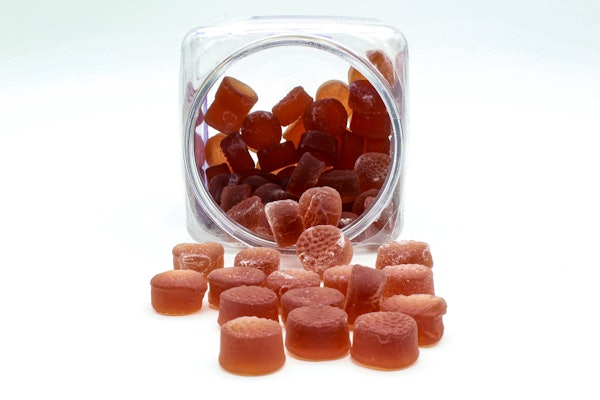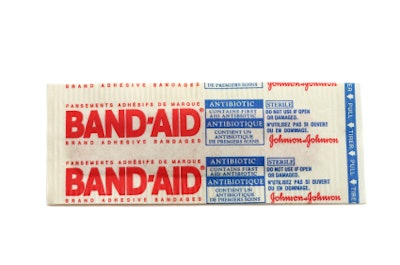
“Combination products in general--and tissue engineering in particular--are clearly the future of medicine. I don't think there's any doubt about that.”
Michael Drues, Ph.D. and president of Grafton, MA-based Vascular Sciences, is confident that combinations of biologics, pharmaceuticals, medical devices, and nutraceuticals will virtually revolutionize medical treatment in the coming years. The uncertainties: How will such products be packaged—or do they need to be—and how will the medical profession educate regulatory agencies such as the U.S. Food & Drug Administration about them so that companies will be encouraged to develop combination products?
That was a primary theme in Drues' presentation, “New Developments in Combination Products and Working with the FDA” at the Healthcare Packaging Conference & Workshops 2011 May 26 in Princeton, NJ.
As president of Vascular Sciences, Drues serves as a consultant to drug, device, and biological companies on product development and design, technology assessment, and regulatory affairs. He also consults regularly with the FDA and has worked with and advised companies involved in combination products for about 20 years.
“The FDA's focus has been on combinations of pharmaceuticals/drugs, medical devices, and/or biologics. There are a lot of different kinds of combination products that today might not fit in the current regulatory vernacular, but are combination products nonetheless, so those three categories are limiting,” he noted. “My concern is that regulatory agencies are trying to force” these advances “into old regulatory structures.”
Drug-eluting stents, he said, represent the best-known example of a combination product today, “yet these are simple and primitive. The quintessential example of a combination product is what we are now starting to see in the area of tissue engineering. In one form of tissue engineering, we have cells (regulated as biologics), producing proteins (sometimes regulated as drugs and other times regulated as biologics), growing on polymer scaffolds, which are medical devices.”
Other examples of combination products, Drues said, are preloaded syringes, band-aids prepared with antibiotics, and toothpaste with fluoride, which is, sometimes referred to as a cosmeceutical product. He asked, “Or how about combining an existing OTC drug and a nutraceutical? For example, Bayer with Heart Advantage.
“Here's the irony,” Drues explained. “If a patient swallows two OTC pills separately, does FDA have any say? Nope, that is simply up to the doctor and the patient. But if a manufacturer combines the two pills into one, should FDA be involved? Or is this a distinction without a difference?
Another thought-provoking question: “Some 'dietary supplements' may contain 25 'active ingredients' or more, so are these combination products or therapies? And how about putting a nutraceutical on a device, or food-based combination products?”
One publicized example brought up by Drues was Lazy Cakes brownies. “Lazy Cakes are marketed as dietary supplements that claim to provide a harmless way to promote relaxation, alleviate stress, and ease sleep deprivation. The Web site claims their product is 'a delicious chocolate alternative to medication and harmful narcotics to help you safely relax and fall asleep.' These products appear to be promoting themselves as therapeutic alternatives to medications. The relaxing effect promoted by these products is due to the ingredient melatonin. There is no recommended dose for melatonin supplements but according to the Natural Medicines Comprehensive Database the typical dose should be between 0.3 and 5 mg. Generally each brownie and cookie contains roughly 8 mg of melatonin--almost double the upper limit of a typical dose,” said Drues, citing Food Safety News, May 19, 2011.”
Another recently announced development, Drues noted, that could be designated as a combination product: Medtronic and Ford have a prototype device that tracks driver blood sugar levels while on the go. “Using Bluetooth connectivity, the system links the in-car 'infotainment' system, called Sync, to a Medtronic continuous glucose monitor. If a driver's glucose levels are too low, an alert sounds or a signal appears on a dashboard screen,” he said.
Drues pointed out that emerging combination products will present significant manufacturing and packaging challenges, particularly with regard to shelf life and sterilization. “These are not trivial problems and they are not going to be solved by the current ways that we sterilize and package pharmaceuticals. For that matter, it may not even make sense to put some of these products in a package. It may be more advantageous to administer these treatments at the patient's bedside, or even better: have the patient grow what they need in their own body when they need it! Is this science fiction? Well it is today, but may not be much longer.”
Drues told the audience, “Several years ago I coined a phrase at FDA called multiple combination products, where we have many different drugs and biologics all on the same medical device. As packaging folks, I hope you can appreciate that as we traverse this gap, as we move from this area of medical devices which many of us are fairly familiar with, to the world of drugs and biologics and beyond, it conjures up a whole interesting set of questions, many of which we never really had to think about before.”
For example, he noted, “We can sterilize a metal stent with ETO, or Gamma irradiation, or anything we want, and nothing is going to happen to the stent. But once you put a drug on it, or especially a biologic such as a monoclonal antibody or a nucleic acid like a DNA, or a gene inside of a virus, or a complete cell, then the notion of sterilizing it in some conventional sense makes absolutely no sense. Remember what Albert Einstein said: 'The problems that exist in the world today cannot be solved by the level of thinking that created them.' Certainly that's something to think about.”
-Jim Butschli, Editor, Healthcare Packaging
